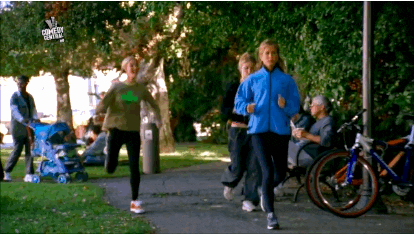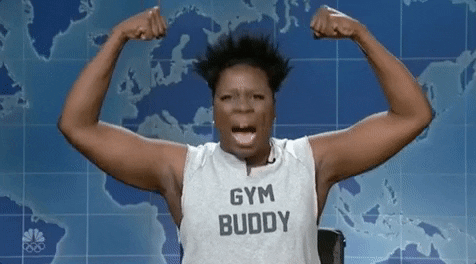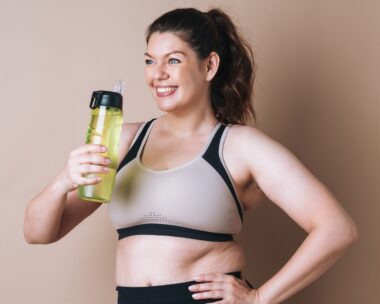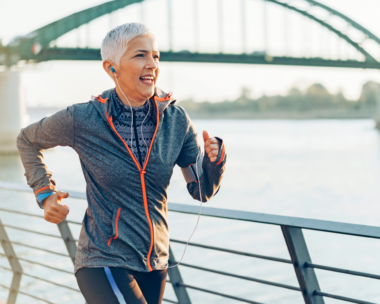Most of us make the decision to eat well and lose weight at least once a year – usually around New Year’s – but when following through on the commitment have no idea where to start.
Increasing the amount of running you do might seem like the obvious choice but according to researchers at Wake Forest University, strength training is the best option for older adults if slimming down but retaining muscle is the goal.
Kristen Beavers, assistant professor of health and exercise science at Wake Forest University, says “a lot of older adults will walk as their exercise of choice but this research shows that if you’re worried about losing muscle weight training can be the better option.”
The study looked at 249 obese or overweight adults and found that pairing a low-calorie diet with weight training helps preserve muscle mass – whereas aerobic exercises like running can cause a loss of lean muscle mass.
The results also suggested that weight-machine workouts resulted in significant fat loss but less muscle loss.

While the study’s sample looked exclusively at those in their 60s, further research on the effects of different types of exercise has similarly suggested that strength-based training is highly beneficial for our health.
Another study, conducted by the University of Sydney, found that those who practised strength-based training reduced their risk of premature death by 23 per cent and reduced their risk of a cancer-related death by 31 per cent.
If you want to up your strength-based training but can’t afford a gym membership, take solace in the fact that doing exercises using your body weight is just as effective as gym-based training.
Lead author Associate Professor Emmanuel Stamatakis says although strength training is associated with lifting weights at the gym, this doesn’t need to be the case.
“Many people are intimidated by gyms, the costs or the culture they promote, so it’s great to know that anyone can do classic exercises like triceps dips, sit-ups, push-ups or lunges in their own home or local park and potentially reap the same health benefits,” says Stamatakis.
“Our message to date has just been to get moving but this study prompts a rethink about, when appropriate, expanding the kinds of exercise we are encouraging for long-term health and well-being.”





